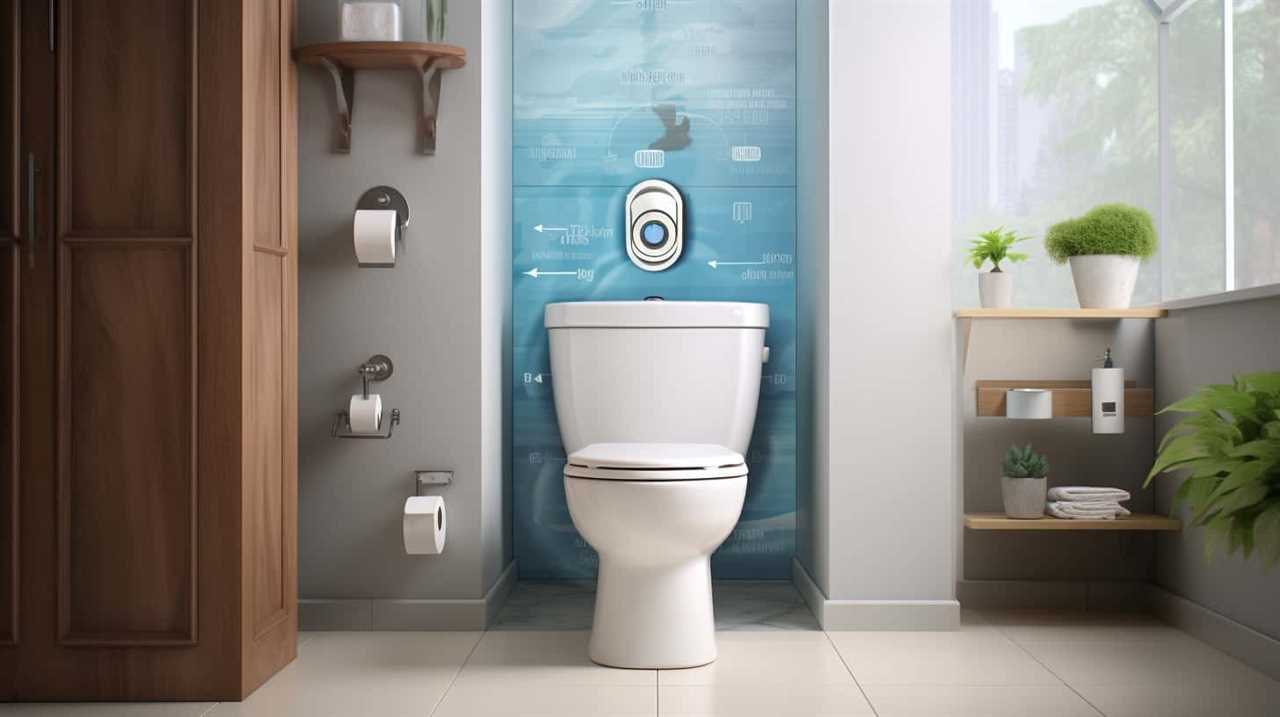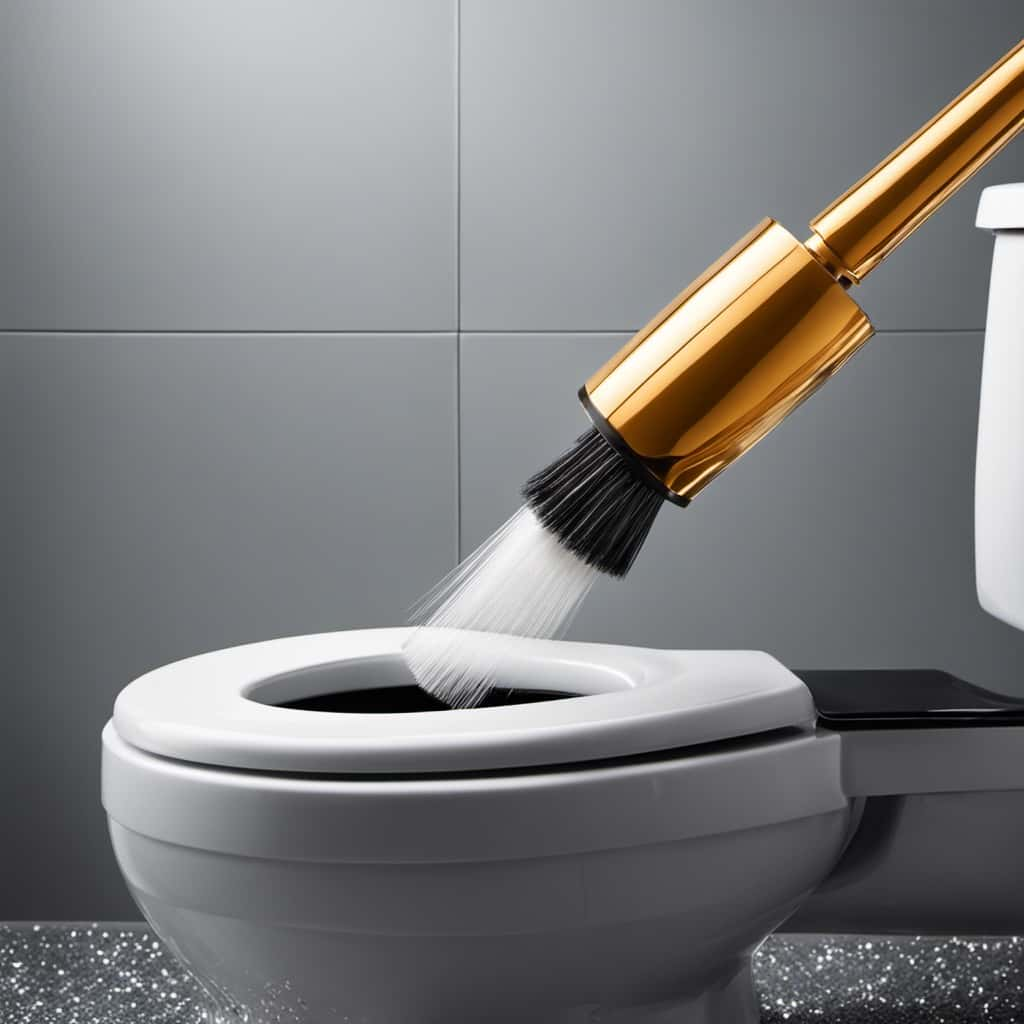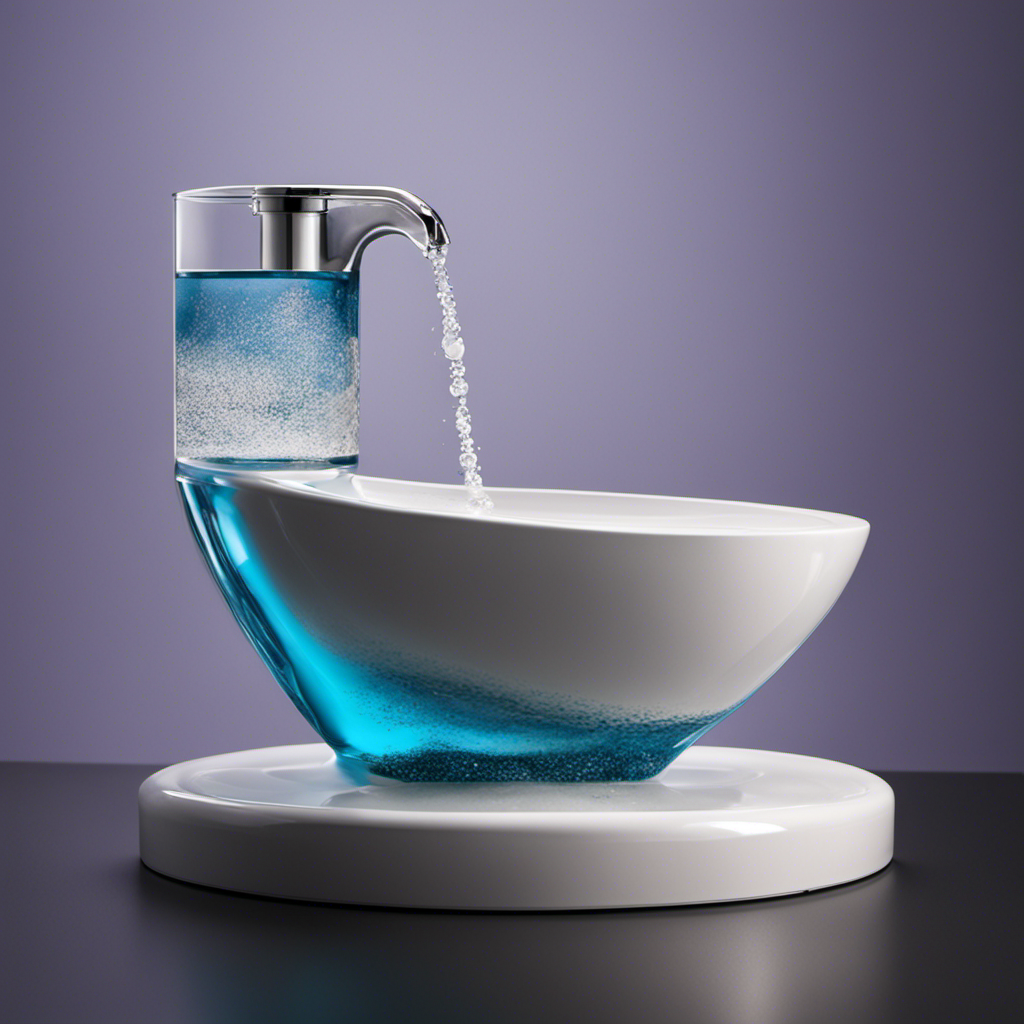- Safety precautions when using makeshift tools to clear a toilet blockage
- Common mistakes to avoid when attempting to unclog a toilet using unconventional methods
Are you aware that a blocked toilet is a frequent plumbing problem that many homeowners encounter?
Well, fear not! We’ve got you covered with a step-by-step guide on how to drain a toilet.
In this article, we will show you the necessary tools to gather, how to shut off the water supply, clear blockages manually, and use a plunger or toilet auger for stubborn clogs.
Get ready to become a master of toilet draining!
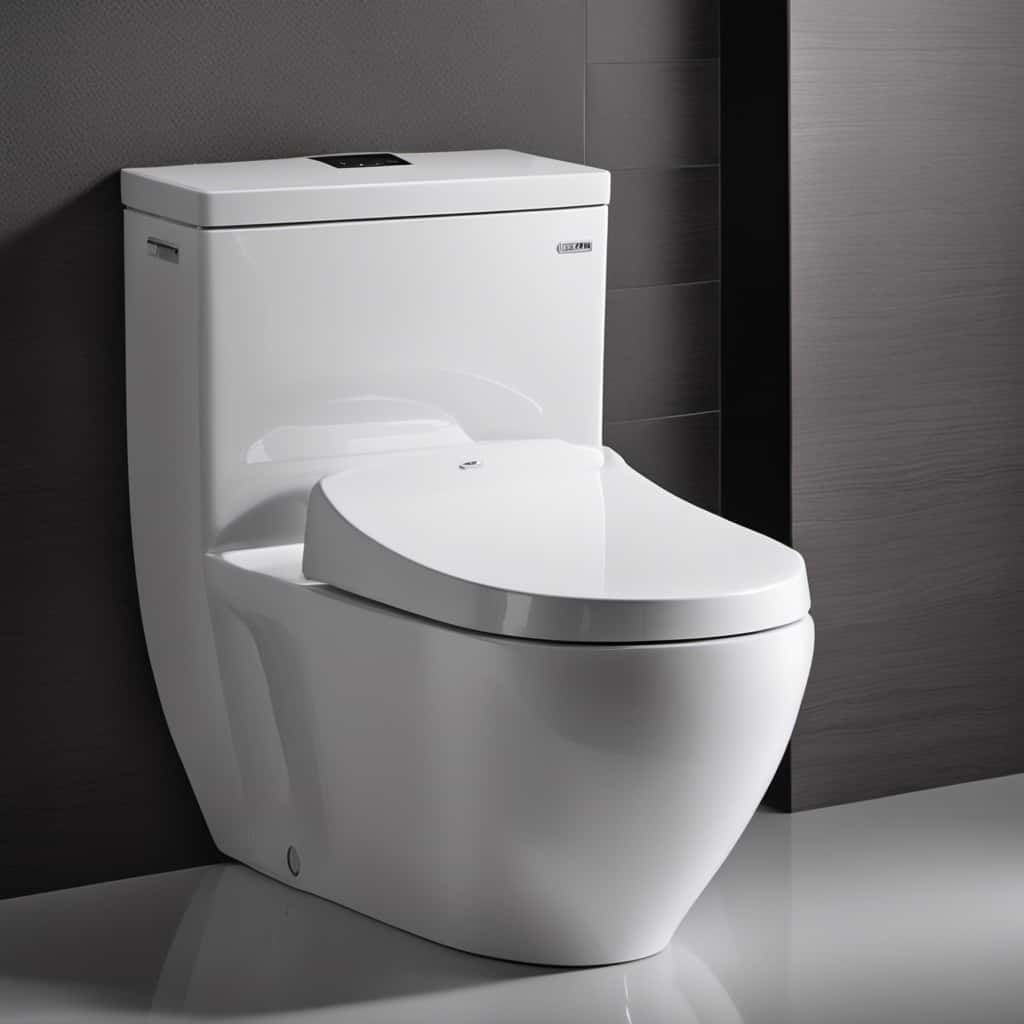
Key Takeaways
- Choose the right tools: Use a plunger with a flange, a bucket, rubber gloves, a wrench, and a drain snake for effective toilet draining.
- Shut off the water supply: Locate and turn the water shut-off valve clockwise to prevent flooding before attempting any repairs.
- Clear the blockage manually: Use a plunger and a plumbing snake to dislodge and break up stubborn clogs, and consider using chemicals or calling a plumber if manual methods fail.
- Use a toilet auger for stubborn clogs: Extend the cable into the toilet bowl, rotate clockwise to break up the clog, retract the cable, and flush to ensure proper drainage.
Gather the Necessary Tools
To drain a toilet, we need to gather the necessary tools by first making sure we’ve a plunger and a bucket. These tools are essential for basic toilet maintenance and troubleshooting common toilet issues.
Here is a step-by-step guide on how to gather the necessary tools for draining a toilet:
- Plunger: A plunger is a must-have tool for unclogging a toilet. Make sure to choose a plunger with a flange, as it provides better suction and effectiveness.
- Bucket: A bucket will come in handy for collecting any excess water that may spill during the draining process. It’s important to have a bucket with a capacity large enough to hold a significant amount of water.
Shut off the Water Supply
To shut off the water supply, we will need to locate the water shut-off valve. This valve is usually located near the base of the toilet, either on the wall or the floor. Once you have located the valve, turn it clockwise to shut off the water flow. This will prevent any more water from entering the toilet tank and bowl. If you are unable to shut off the water supply using the shut-off valve, it may be due to a leaking shut-off valve. To fix this, you will need to replace the valve with a new one. Common toilet water supply problems also include clogged supply lines or malfunctioning valves. Refer to the table below for a summary of common toilet water supply problems and their solutions:
| Problem | Solution |
|---|---|
| Leaking shut-off valve | Replace the shut-off valve with a new one |
| Clogged supply lines | Use a plunger or snake to clear the blockage |
| Malfunctioning valve | Replace the valve assembly with a new one |
Remember to turn off the water supply before attempting any repairs to avoid potential flooding.
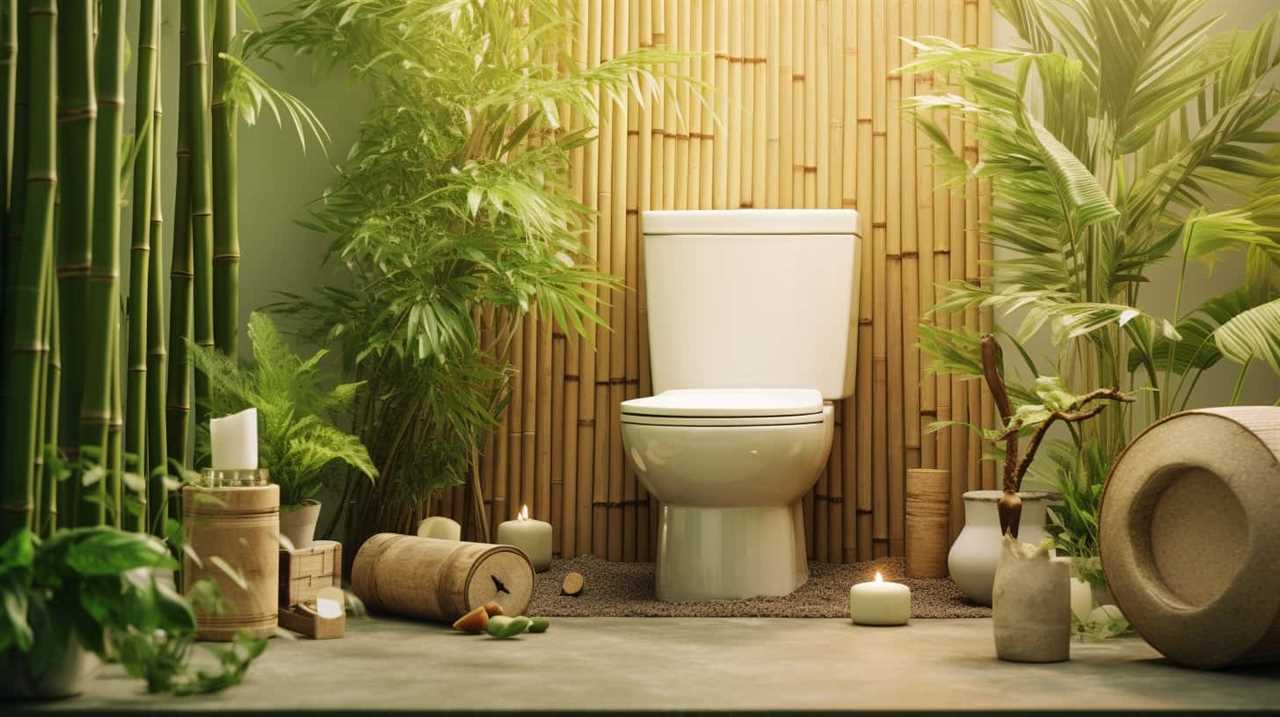
Clear the Blockage Manually
To clear the blockage manually, we need to determine the cause of the clog and take appropriate action.
If the clog is caused by a solid object, such as a toy or a small item, we can try using a plunger to dislodge it. Place the plunger over the drain hole, ensuring a tight seal. Push and pull the plunger vigorously, creating suction and pressure to loosen the blockage.
If the clog persists, we can try using a plumbing snake. Insert the snake into the drain and rotate it clockwise, while gently pushing it further into the pipe. This can help break up the clog and allow it to pass through.
If these methods fail, it may be necessary to unclog the toilet with chemicals or call a plumber for further assistance.

Use a Plunger to Unclog the Toilet
We can use a plunger to effectively unclog a toilet by creating suction and pressure to dislodge the blockage. Here is a step-by-step guide on how to use a plunger to unclog your toilet:
- Position the plunger: Place the plunger over the drain hole in the toilet bowl, ensuring that it covers the entire opening.
- Create a seal: Press the plunger firmly against the drain hole, making sure it forms a tight seal. This will help create suction.
- Plunge vigorously: Push the plunger down and pull it back up rapidly, maintaining a strong seal. Repeat this motion several times to generate pressure and dislodge the blockage.
If using a plunger doesn’t resolve the clog, consider trying a snake for deep clogs or calling a professional plumber for assistance.
Transitioning into the next section, we’ll discuss how to use a toilet auger for stubborn clogs.
Try a Toilet Auger for Stubborn Clogs
Now let’s explore using a toilet auger to tackle those stubborn clogs.
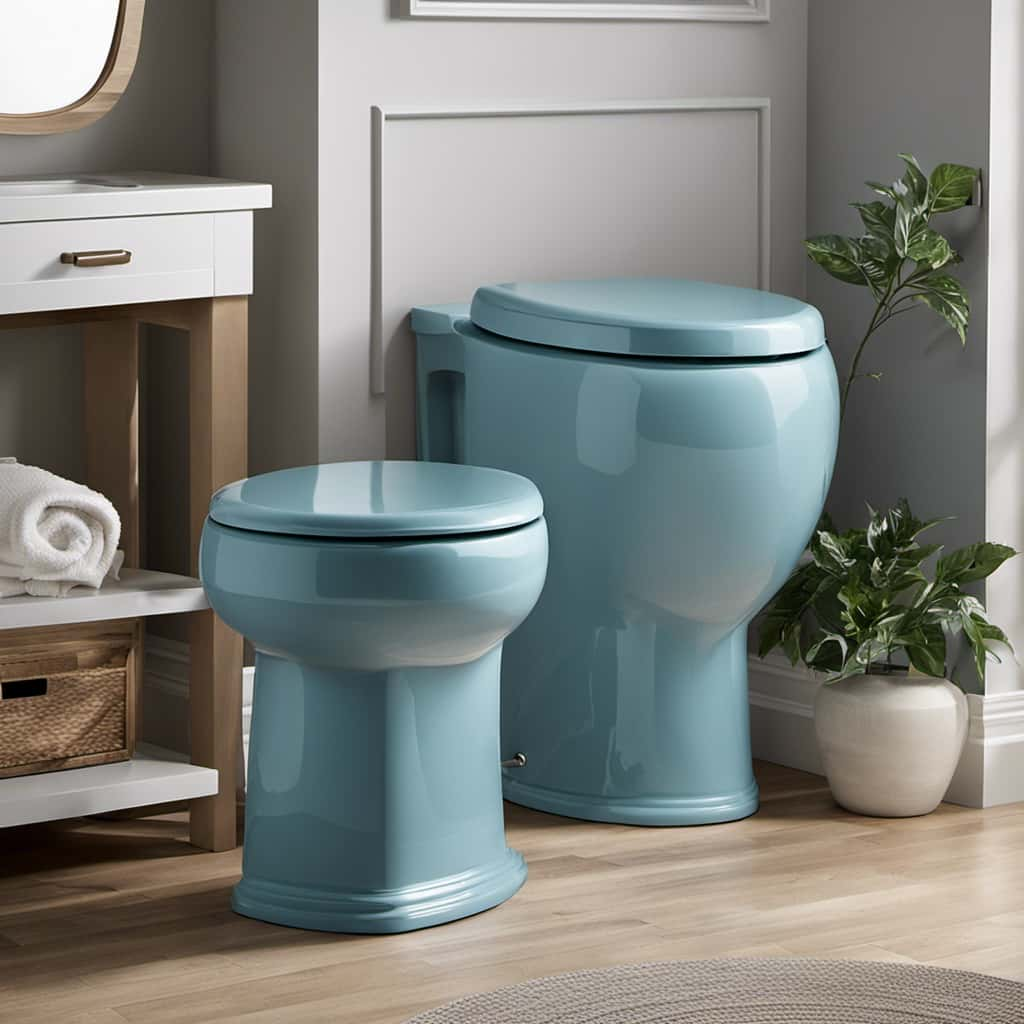
If a plunger fails to clear the clog, a toilet auger can be an effective alternative. This device, also known as a ‘snake,’ is designed to break up and remove blockages that are deeper in the drainpipe.
To use a toilet auger, start by extending the cable into the toilet bowl until you feel resistance. Rotate the handle clockwise to break up the clog. Once the blockage is cleared, retract the cable and flush the toilet to ensure proper drainage.
Frequently Asked Questions
How Do I Determine if the Clog Is Located in the Toilet or in the Plumbing System?
To determine if the clog is in the toilet or plumbing system, first, turn off the water supply. Then, use a plunger to see if the clog clears. If not, the clog may be in the plumbing system.
Can I Use a Chemical Drain Cleaner to Unclog the Toilet?
Yes, you can use a chemical drain cleaner to unclog a toilet, but it’s not always the most effective solution. We recommend using a plunger first, and learning how to prevent toilet clogs from happening again for long-term success.
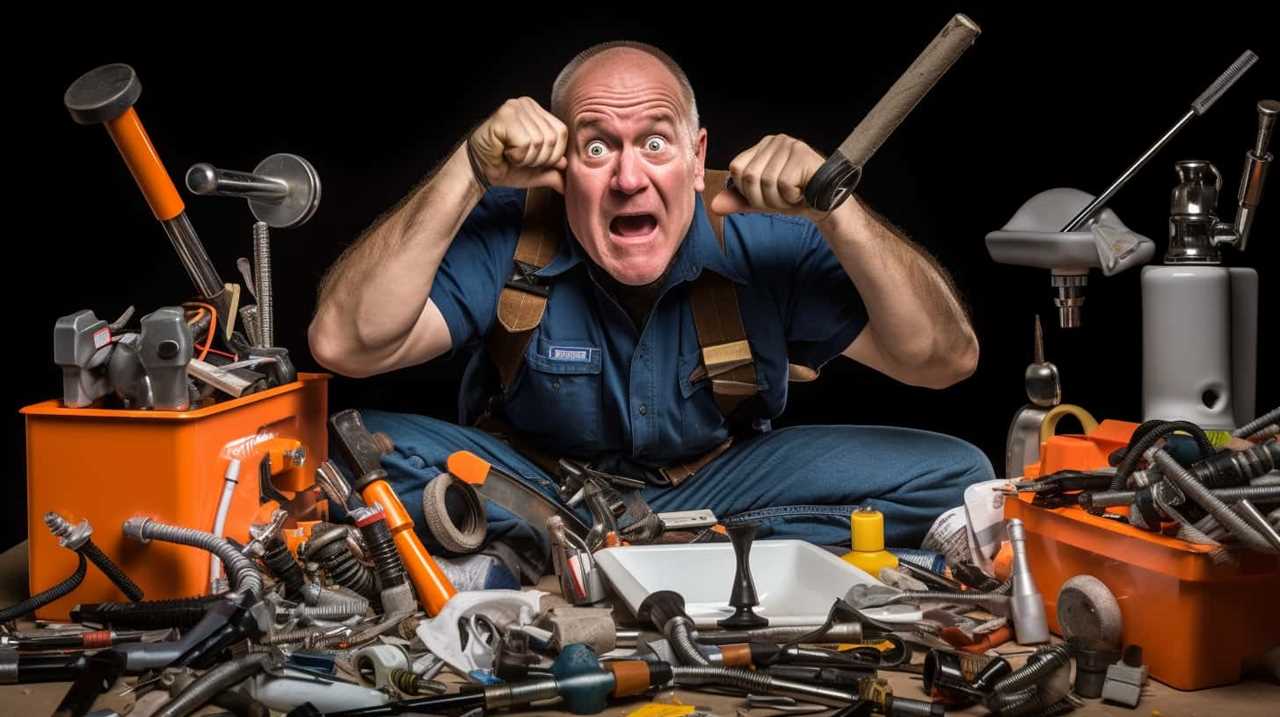
Is It Safe to Use a Coat Hanger or Other Makeshift Tools to Clear the Blockage?
Using makeshift tools like a coat hanger to clear a toilet blockage can be dangerous. It’s important to prioritize safety and avoid common mistakes that could lead to further damage.
What Should I Do if the Water Level in the Toilet Bowl Is Gradually Rising?
If the water level in the toilet bowl is gradually rising, it could be a sign of a clog. To troubleshoot toilet issues, we must first address toilet bowl maintenance.
Are There Any Alternative Methods to Unclog a Toilet if the Plunger and Toilet Auger Don’t Work?
When the plunger and toilet auger fail, there are alternative methods to unclog a toilet. Effective solutions include using a toilet snake, applying a mixture of baking soda and vinegar, or calling a professional plumber.
Conclusion
Well, congratulations! You’ve successfully learned how to drain a toilet. Now you can proudly add this skill to your repertoire of handy abilities.
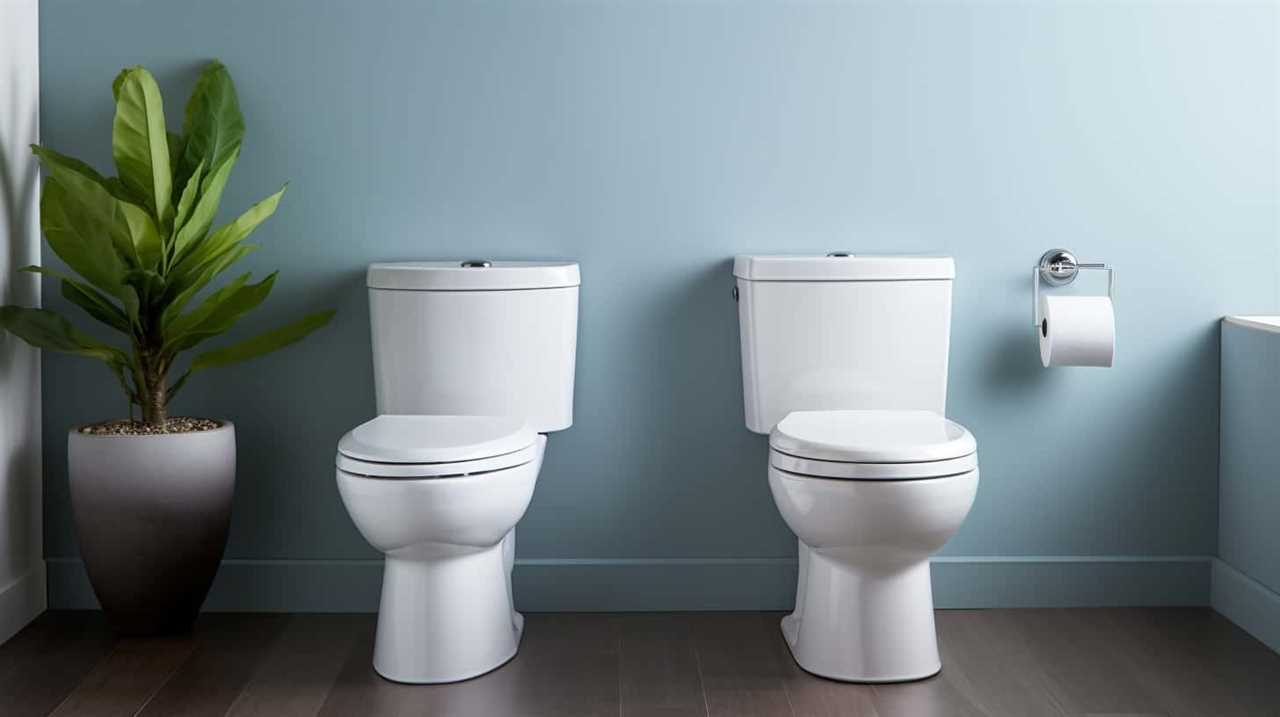
After all, who doesn’t want to be the hero when faced with a clogged toilet? Just remember, prevention is key, so be mindful of what goes down that porcelain throne.
And if the unexpected does happen, you know exactly how to tackle it. Keep those toilets flowing smoothly, my friend.

